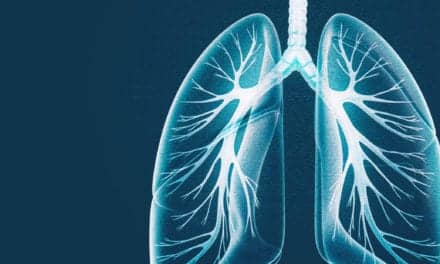RT spoke with Wayne Wrolstad, RRT, director of marketing, Hamilton Medical Inc, Reno, Nev, about research, advancements, and advantages of closed-loop ventilation.
RT: How can closed-loop ventilation save time and money for caregivers?
Wrolstad: It can do this through a reduction in necessary caregiver interaction with the ventilator and safer approach towards ventilator settings. Adaptive tidal volume support (AVtS) employs a lung protective strategy and automatically begins weaning when conditions allow. The algorithm makes recommendations to the clinician for adjustments in ventilator settings based on expiratory time constant and the Otis least-work-of-breathing equation. While maintaining a desired minute volume, inspiratory pressure and ventilator mandatory rate are automatically adjusted based on lung mechanics and the patient’s spontaneous breathing.
RT: What has research shown about the benefits of closed-loop ventilation?
Wrolstad: The bulk of published research has been done using adaptive supportive ventilation (ASV), a version of AVtS available outside the United States. One randomized study of cardiac patients published by CF Sulzer et al in Anesthesiology (December 2001) demonstrated shorter weaning times when compared to conventional ventilation. Another randomized study published by JP Revelly et al in a supplement to Intensive Care Medicine (September 2001) demonstrated that fewer caregiver ventilator setting manipulations were necessary for successful weaning.
RT: What makes Hamilton Medical’s closed-loop ventilation products different from other products featuring closed-loop ventilation?
Wrolstad: Closed-loop techniques available in other ventilators, such as dual modes, represent only one aspect of AVtS. AVtS employs both protective ventilation and weaning goals using a sophisticated, continuous, on-line measurement of respiratory mechanics. AVtS manipulates the ventilatory pattern to minimize dead space and auto-PEEP, thereby reducing the work of breathing and likelihood of volutrauma.
RT: What type of research needs to be done in order to make advancements in closed-loop ventilation?
Wrolstad: Research should continue to take an evidence-based approach. We need to continue to quantify a reduction in workload and the impact on outcome through randomized studies.
RT: As ventilators become more advanced, how has Hamilton Medical ensured that products are still easy to use?
Wrolstad: Closed-loop ventilation and concepts like the Otis equation sound complicated, but when you think about it, AVtS simplifies ventilator setup and weaning while promoting a safer approach. Hamilton Medical engineering and product development is based in Switzerland. Throughout the design process, the Galileo and Raphael ventilators were developed with input from users all over the world. We have a close relationship with users and seek their input regarding our current products as well as those in development.










